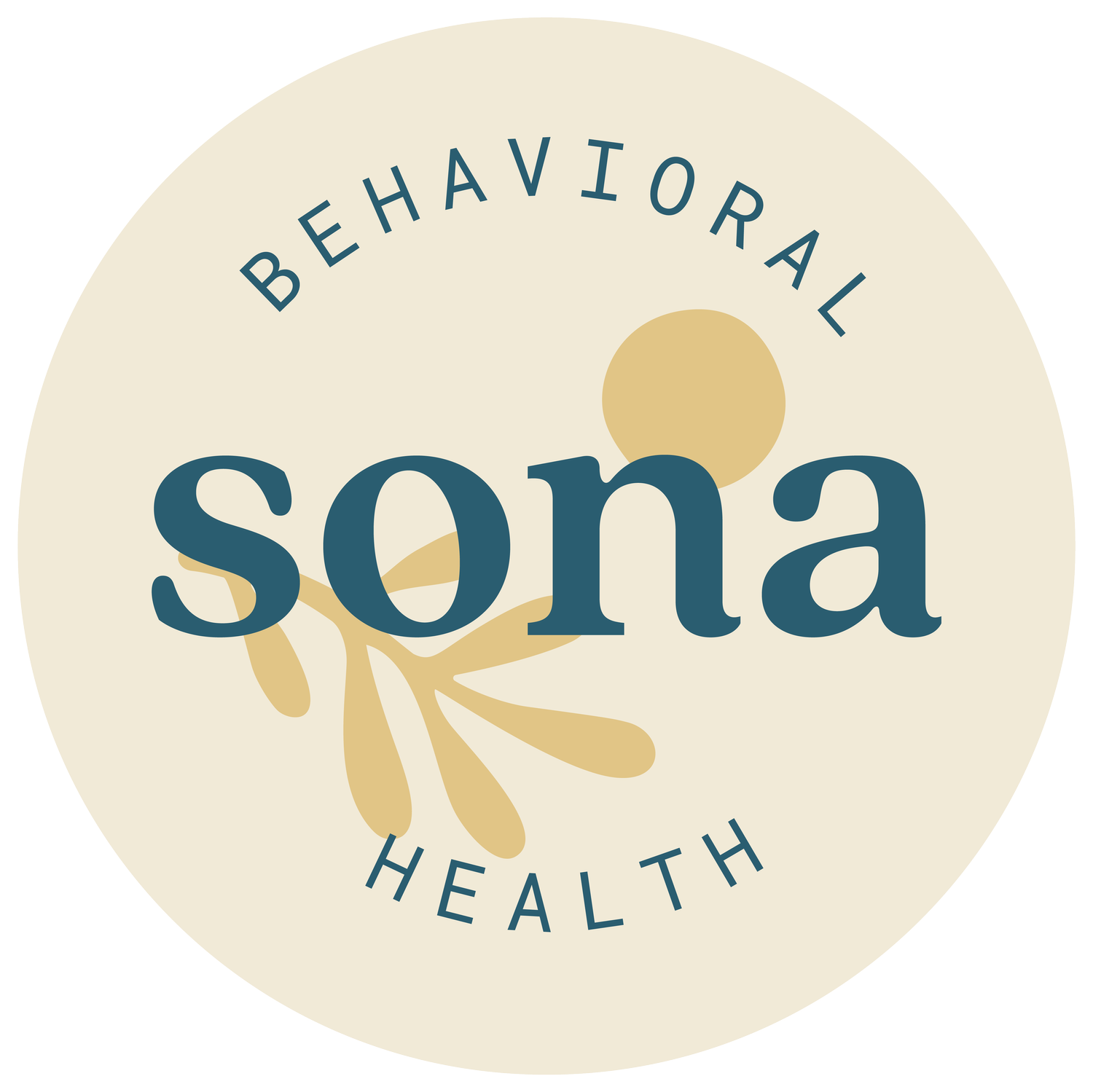The Beginners’ Guide to Mindfulness
Inhale…Exhale…
You’re most likely familiar with the ideas of mindfulness or meditation — maybe it’s because you consider yourself a practice guru or because you’re a total skeptic. Most people I meet fall in the latter category, and I don’t blame them! First, the world is filled with un-relatable wellness content (think Gwenyth Paltrow’s GOOP) that make the idea of meditation seem like new-age nonsense to many. And second, even if you can get past the GOOP of it all, our lives are so busy with work, kids, cleaning, family, finances, errands, that who has time to sit cross-legged and meditate?!
So as a therapist, one of my main goals is to make mindfulness accessible and easy for all. Why? Despite all the misunderstandings about mindfulness in society, it’s actually incredibly beneficial for our mental and physical health. I’ve shifted my own language to using the umbrella term ‘mindfulness’ instead of ‘meditation’ because this practice doesn’t have to be a formal meditation sitting cross-legged on the ground. It can be done anywhere, anytime. So here are my few types to get started with daily mindfulness:
Start small: Even a one-minute break in your day can lower stress levels. So set an alarm during your work day to take a 1-2 minute break and just breathe, stretch, or step outside. Yes, these are all examples of mindfulness!
Try different activities: Breathing, visualizations, and five senses scans are a few of my favorite ways to be practice mindfulness. Experiment with them and see what resonates best:
4-5-6 Breathing: Inhale for four, hold for five, and exhale for six. Repeat for 2 minutes. Notice after how your mood or emotions have shifted (most likely for the better!). This helps when you’re: Feeling panicky, angry, or other intense emotions.
Visualization: Set a timer, close your eyes, and visualize a calming location. Maybe it’s a stream, an ocean, or a quiet forest. You can even incorporate white noise tracks of waves or birds to feel like you’ve really been transported. This helps when you’re: In a stressful or distressing situation (that doesn’t require emergency attention).
Five senses: Notice one thing you see, smell, taste, hear, and feel. Say it out loud or write it down. This helps when you’re: Feeling anxious or spacey and you need to get grounded in the present.
Switch up location: Try mindfulness at your desk, in your car, while cooking — the possibilities of time or place are endless!
Get present: Remember the main goal of mindfulness is simply, awareness. Just by acknowledging how you’re feeling or experiencing in the moment is an act of mindfulness. There is no ‘right’ or ‘wrong’ way to practice, and there is no failing in mindfulness — whoohoo!
Extra resources for beginners:
Coming to Our Senses by Jon Kabat-Zinn
For the experts (hehe):

